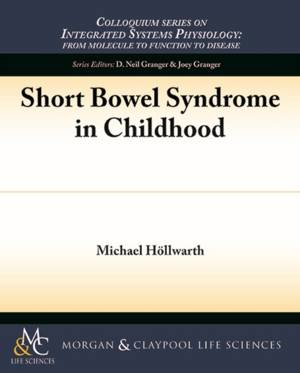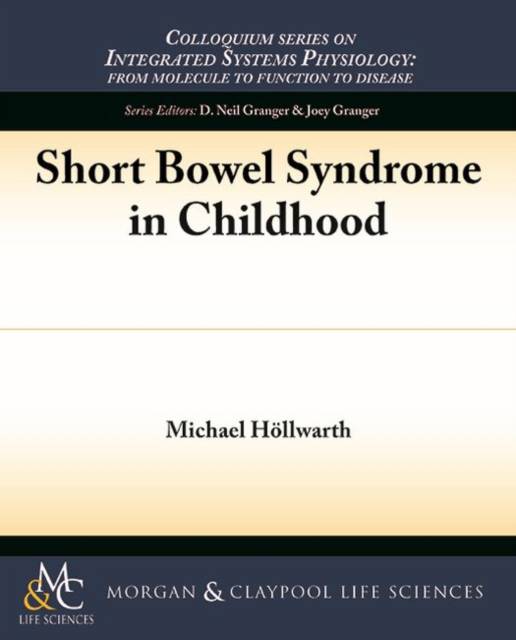
Je cadeautjes zeker op tijd in huis hebben voor de feestdagen? Kom langs in onze winkels en vind het perfecte geschenk!
- Afhalen na 1 uur in een winkel met voorraad
- Gratis thuislevering in België vanaf € 30
- Ruim aanbod met 7 miljoen producten
Je cadeautjes zeker op tijd in huis hebben voor de feestdagen? Kom langs in onze winkels en vind het perfecte geschenk!
- Afhalen na 1 uur in een winkel met voorraad
- Gratis thuislevering in België vanaf € 30
- Ruim aanbod met 7 miljoen producten
Zoeken
Omschrijving
Extensive loss of small bowel in all age groups has dramatic consequences on the lifestyle of the patient and the whole family and is accompanied by significant morbidity and mortality. All patients need nutritional and medical support and some of them remain dependent on long-term parenteral therapy. Recurrent surgical interventions or even intestinal transplantation may be necessary. However, the intestinal tract exhibits an astonishing ability to compensate for an extensive loss of small bowel. Adaptation to the new situation takes place with time by structural and functional changes resulting in an increased surface area with improved digestive and absorptive capacity. This process, however, differs markedly among individual patients depending on the remaining length and functional quality of small bowel. Mechanisms supporting, and complications delaying, the adaptation process have been studied extensively over the past decades. This review presents a survey of incidence, etiology, and consequences of extensive loss of small bowel. A short description of the normal digestive and absorptive function of the gastrointestinal tract and the pathophysiological consequences in short bowel cases is followed by discussing the current field of basic research, presenting today's medical and surgical treatment modalities and the related results in patients with SBS. Most of the data are derived from animal studies or research performed on newborns and infants suffering from SBS, but the majorities are equally relevant to the adolescent and adult age group.
Specificaties
Betrokkenen
- Auteur(s):
- Uitgeverij:
Inhoud
- Aantal bladzijden:
- 101
- Taal:
- Engels
- Reeks:
Eigenschappen
- Productcode (EAN):
- 9781615046508
- Verschijningsdatum:
- 1/03/2014
- Uitvoering:
- Paperback
- Formaat:
- Trade paperback (VS)
- Afmetingen:
- 190 mm x 235 mm
- Gewicht:
- 190 g

Alleen bij Standaard Boekhandel
+ 183 punten op je klantenkaart van Standaard Boekhandel
Beoordelingen
We publiceren alleen reviews die voldoen aan de voorwaarden voor reviews. Bekijk onze voorwaarden voor reviews.









